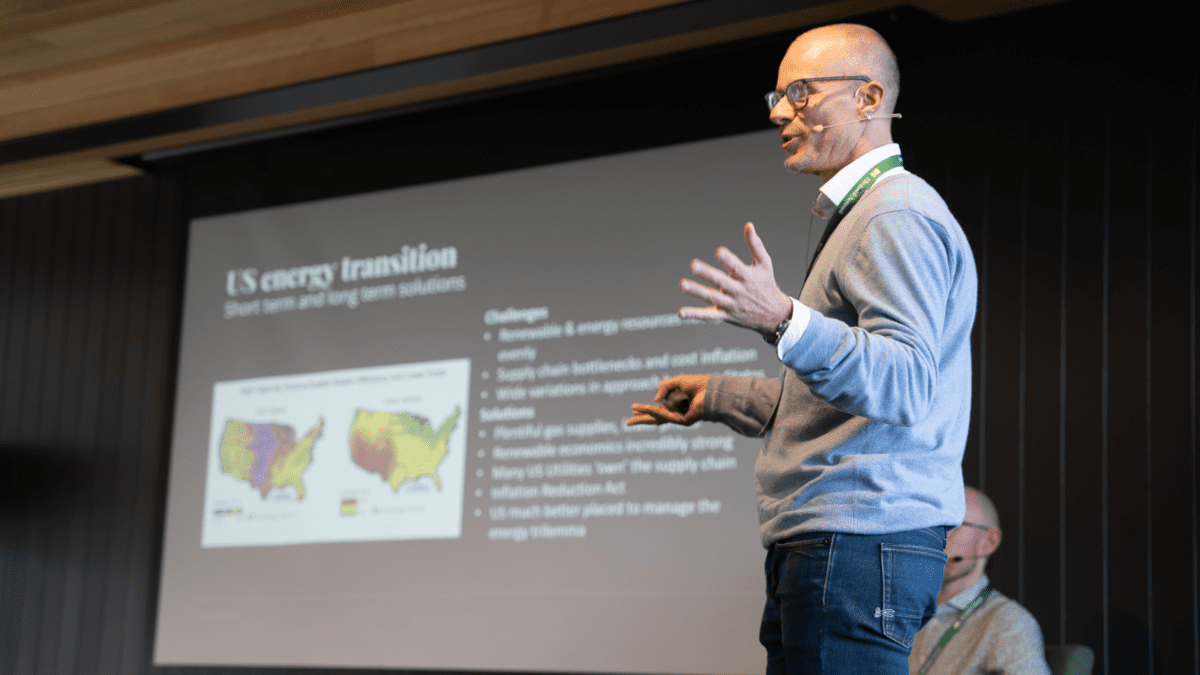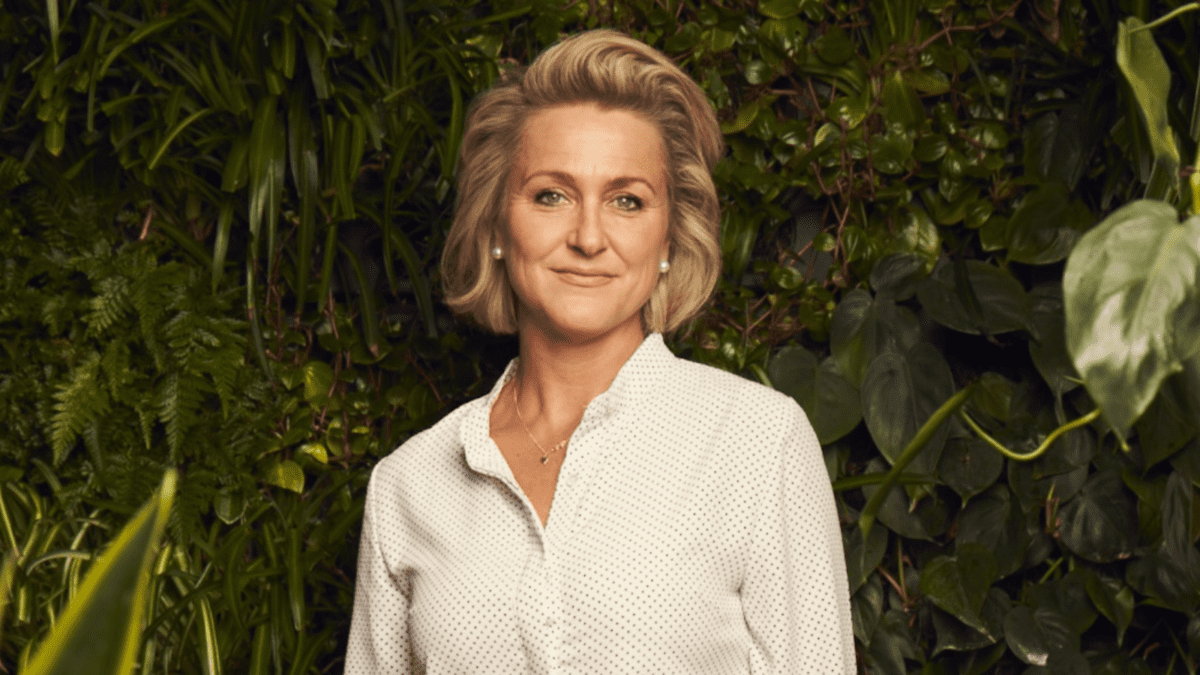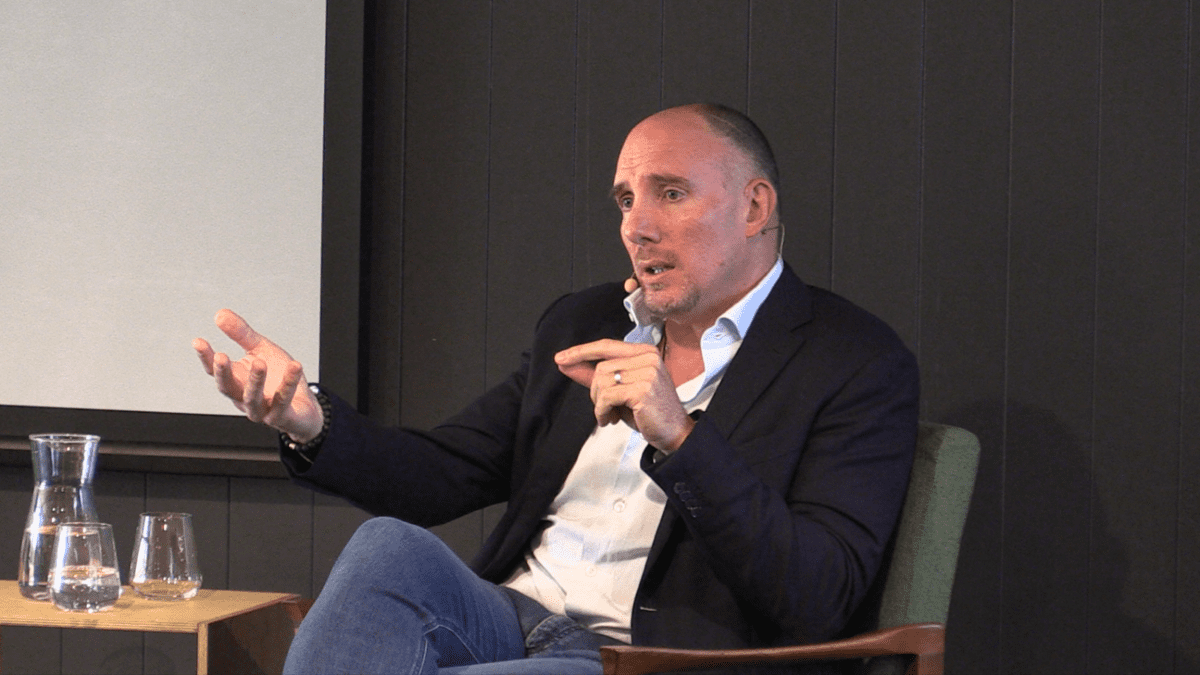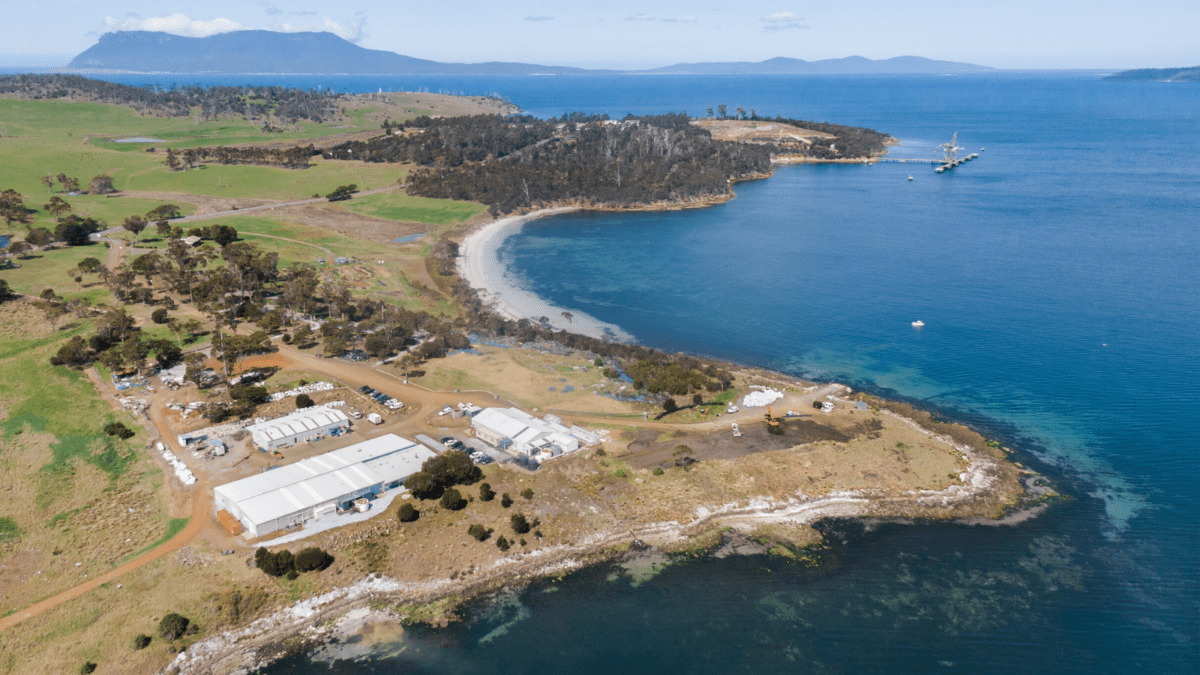Navigating ‘energy trilemma’ is a must – and an opportunity
The world is facing an “energy trilemma” of sometimes-competing goals in its energy transition that is becoming even more complicated, Paul Johnston of Ausbil Asset Management warned participants at The Inside Network’s ESG Retreat at Tasmania’s Spring Bay Mill. But, he emphasised, the challenge also represents a “multidecade decarbonisation opportunity” that will require at least $3 trillion in investment between now and 2050.
The concept of the energy trilemma – the need to balance the goals of decarbonisation, affordability, and reliability and quality of supply – provides an insightful framework through which to approach investing and the global transition to clean energy, Johnston (pictured) said in a November 16 panel session on Energy Transition. The industry-first retreat, held over three days beginning November 14, gathered leaders from ever major Australian capital pool to discuss ESG (environmental, social and governance) issues, with the theme: Yesterday. Today. Tomorrow.
But now the framework is getting more complex, according to the portfolio manager for infrastructure and global listed equities at the boutique fund manager, with a fourth challenge arising from Russia’s invasion of Ukraine in the form of a heightened need for energy independence.
“That was not part of the equation, and now it is,” Johnston said.
“This is very complex to solve, and we look at it on a number of levels,” he added. “At a company level, we consider which companies we can invest in that are managing as best they can” in their engagement with decarbonisation, affordability and reliability. The state, regional and country levels all matter, too, he said.
The question of affordability is complex and affects people in different ways, with early adopters of solar in Australia, for example, emerging as “enormous winners” who are effectively subsidised by people who don’t have solar, Johnston said. It is also important to “think about total energy affordability – the entire energy stack” over the long term.
“All this means that governments are going to intervene, as they should when there are these complex affordability and equity issues that we need to think about in the energy transition,” he said. “Everyone is going to have a different experience.”
Europe and the UK particularly face challenges, thanks to their dependence on Russian gas, Johnston said, adding that what the region does about a long-term replacement will be a fundamental issue. He noted that the EU has set “tremendous targets” and is “tripling down on renewables” but that it also faces “tremendous challenges actually accelerating the development of renewable energy.”
One solution for the energy crisis is increased supply of liquefied natural gas (LNG) from the US, which is still enjoying very cheap gas prices, to other parts of the world, according to Johnston. Nuclear is also “having a bit of a renaissance,” although “that conversation is happening elsewhere” – another delicate point in the trilemma.
Another key development is the US government’s recently passed Inflation Reduction Act, which “really is transformative” and targets all aspects of the energy trilemma, Johnston said.
Room for opportunity
Discussing stocks Ausbil targets, Johnston said the company aims to invest in three main areas reflecting the energy transition, beginning with renewables but also including coal-generating companies with a clear path to transitioning and renewables.
The company also has a strong focus on the energy infrastructure space, which Johnston said will account for a large chunk of the $3 trillion investment that is ultimately needed.
“When you think about the energy transition, think about infrastructure, because a lot of it is going to be captured in the infrastructure asset class.”










